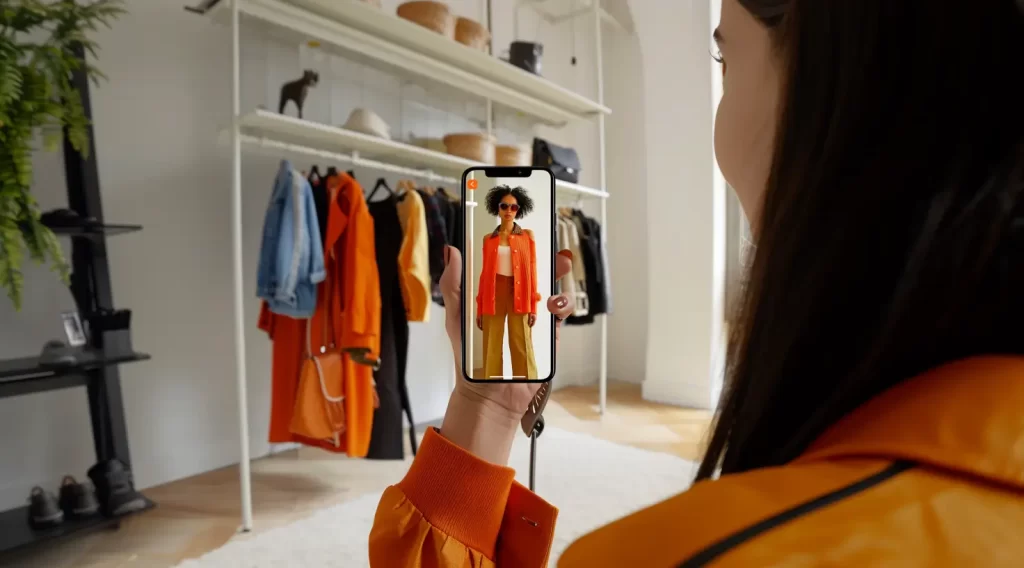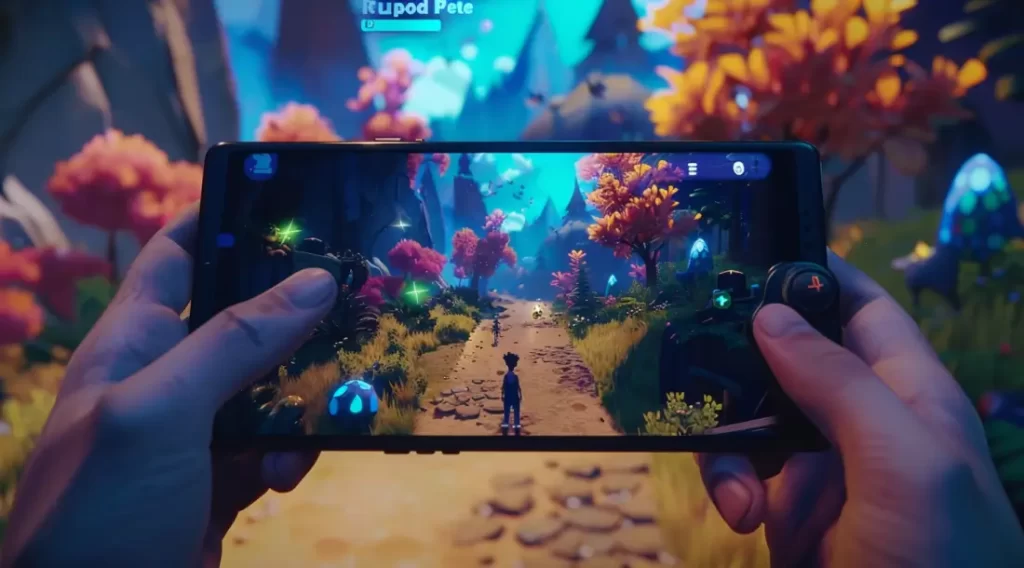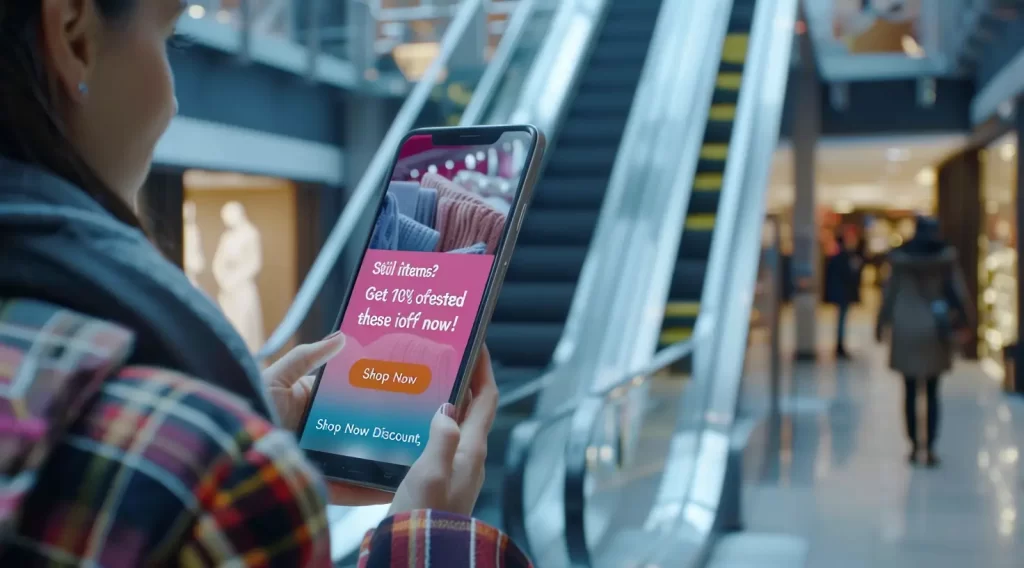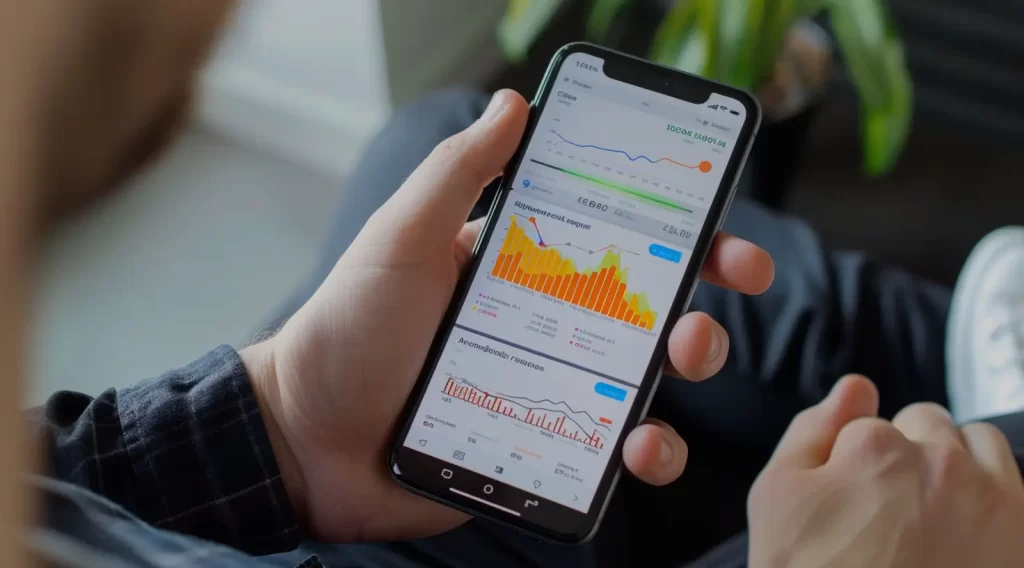In the fast-paced world of mobile advertising, capturing your audience’s attention is more challenging than ever. With the right strategies, however, you can create compelling mobile ads that not only stand out but also drive significant results. Here are ten tips to help you design engaging mobile ads that resonate with your target audience.
1. Optimize Ad Formats for Mobile
Mobile screens are smaller and often viewed in a vertical orientation, so your ads need to be designed with this in mind. Use ad formats specifically tailored for mobile devices, such as vertical videos, square images, and carousel ads. Ensuring your ads fit seamlessly into mobile environments will enhance the user experience and improve engagement rates.
A clothing brand can use a vertical video ad on Instagram Stories showcasing a model wearing their latest collection. The ad could include a swipe-up feature leading directly to the product page, making it easy for users to make a purchase.

2. Prioritize Speed and Performance
Mobile users are often on-the-go and expect quick load times. Ensure your ad creatives are optimized for speed by compressing images and videos without compromising quality. Utilize mobile-friendly technologies like AMP (Accelerated Mobile Pages) to deliver fast-loading content that keeps users engaged.
A travel agency might use lightweight HTML5 ads instead of heavy Flash-based ones, ensuring the ad loads quickly even on slower mobile connections. This can prevent potential customers from abandoning the ad due to slow load times.

3. Use Clear and Concise Messaging
Given the limited space on mobile screens, your message needs to be clear and to the point. Avoid cluttered designs and long text. Instead, use short, impactful headlines and brief body text to convey your message quickly. Make sure the call-to-action (CTA) is prominent and easy to understand.
A food delivery service could use a simple banner ad with a headline like "Hungry? Get 20% off your first order!" and a clear CTA button saying "Order Now." This direct approach can quickly convey the offer and encourage users to take action.

4. Leverage High-Quality Visuals
Visual content is critical in mobile advertising. Use high-resolution images and videos that are visually appealing and relevant to your product or service. Bright colors and bold graphics can help grab attention, but ensure they align with your brand’s identity and message.
A luxury car brand could use a high-definition video ad featuring their latest model driving through scenic landscapes. The video should highlight key features of the car, such as its sleek design and advanced technology, to captivate the audience.

5. Utilize Interactive Elements
Interactive ads, such as swipeable carousels, playable ads, and quizzes, can significantly boost engagement by involving the user in the ad experience. These elements make the ad more engaging and memorable, increasing the likelihood of user interaction and conversion.
A game developer might use a playable ad that allows users to try out a mini-version of their game directly within the ad. This hands-on experience can entice users to download the full game.

6. Personalize Your Ads
Personalization can significantly increase the effectiveness of your mobile ads. Use data and insights to tailor your ads to the preferences and behaviors of your target audience. Personalized ads that address specific user needs and interests can create a more relevant and engaging experience.
An e-commerce platform could use retargeting ads to show products that users have previously viewed or added to their cart but didn't purchase. A personalized message like "Still interested in these items? Get 10% off now!" can encourage users to complete their purchase.

7. Implement A/B Testing
A/B testing is crucial for optimizing your mobile ads. Test different versions of your ad creatives, headlines, and CTAs to see which combinations perform best. Continuous testing allows you to refine your ads based on real user data, leading to better performance over time.
A subscription box service could test two different headlines in their ads: "Discover New Products Monthly" versus "Join the Club and Save 20%." By analyzing which headline generates more clicks and conversions, they can determine the most effective messaging.

8. Focus on Local Relevance
Mobile users often search for local information, so incorporating local elements into your ads can enhance relevance and engagement. Use geo-targeting to deliver ads that are specific to the user’s location, and include local landmarks, currencies, or language to create a more personalized experience.
A coffee shop chain can use geo-targeted ads to promote special offers available only at specific locations. An ad might say, "Get a free coffee with any purchase at our downtown location today!" This local focus can drive more foot traffic to particular stores.

9. Keep Accessibility in Mind
Ensure your ads are accessible to all users, including those with disabilities. Use legible fonts, high-contrast colors, and descriptive alt text for images. An accessible ad not only broadens your audience but also demonstrates inclusivity and social responsibility.
A financial services company could create ads with high contrast text and background to ensure readability for users with visual impairments. Additionally, they could include closed captions in video ads to cater to hearing-impaired users.

10. Measure and Analyze Performance
Tracking the performance of your mobile ads is essential to understand their effectiveness and make data-driven decisions. Use analytics tools to monitor key metrics such as click-through rates, conversion rates, and user engagement. Analyzing this data will help you identify areas for improvement and optimize your ad strategies for better results.
A fitness app might use tools like Google Analytics to track how many users download the app after seeing an ad. By analyzing which ads drive the most downloads, they can adjust their campaigns to focus on the highest-performing creatives and messages.

Conclusion
Creating engaging mobile ads requires a blend of creativity, technical know-how, and a deep understanding of your audience. By optimizing ad formats, prioritizing speed, using clear messaging, leveraging high-quality visuals, incorporating interactive elements, personalizing content, implementing A/B testing, focusing on local relevance, ensuring accessibility, and measuring performance, you can design mobile ads that capture attention and drive meaningful results.
By following these tips and incorporating real-world examples, you’ll be well on your way to mastering mobile advertising and boosting your website traffic through effective and engaging ad campaigns. For more informative blogs, visit Ideas Mobile Marketing.

